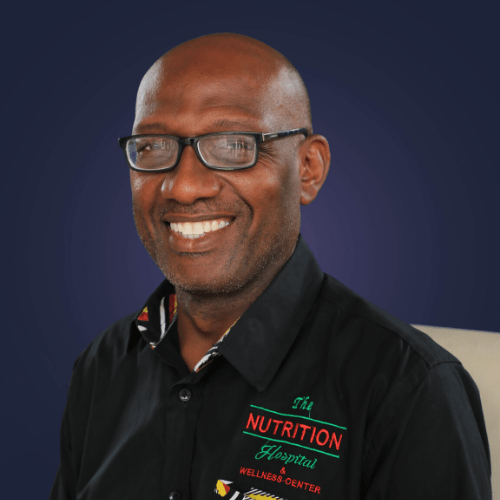
What exactly is high blood pressure? Is it a disease or a “dis-ease”? To explore this question, here are three cases from Carib Health Wellness Centre that highlight the issue.
Case #1
The first case involved a 36-year-old gentleman. He was referred to us by his physician for high blood pressure management after failing to respond to therapy. Initially, he had been seen by his doctor about seven to ten days before coming to our attention. At the time, his blood pressure (BP) was over 200 systolic, and his doctor immediately put him on infusions. He was subsequently placed on oral amlodipine, but over the next several days, his BP began rising again. His doctor increased the dose of amlodipine, but the BP shot back up to 200. Very concerned, my colleague physically brought the patient to my clinic.
Upon taking his history, we learned that he works in the Nollywood industry, and many times he is up until three, four, or five in the morning on set, filming.
He eats and drinks whatever is provided, usually fast food, junk food, and sugary soft drinks. His sleeping pattern was highly erratic, a consequence of his work.
After obtaining the history and examining this gentleman, I noted that although he had no headache or chest pains, he felt generally unwell. His systolic BP was 194, and his diastolic was 110. I immediately instructed my staff to prepare for infusions.
While the infusions were being set up, I asked the nurse to give him two fresh young coconuts to consume the coconut water. From his history, it was clear to me that he was chronically dehydrated. He had disrupted his circadian rhythm over a long period and was eating nutrient-deficient foods.
After consuming the first and second coconut water, he requested a third. This confirmed his dehydration. By the time he finished the third coconut water, about an hour or maybe an hour and 15 minutes had passed since he arrived at the clinic. At this point, we had not yet started the infusion.
I then instructed my nurse to check his blood pressure. It was 146 systolic over 80 diastolic. His doctor, who was still present, was pleasantly surprised, as was the patient. At this point, I felt there was no need for the infusion to lower the blood pressure further.
The cause of his high blood pressure was threefold:
Chronic disruption of his normal circadian rhythm due to his work lifestyle.
Chronic dehydration – consuming inadequate amounts of water and instead drinking soft drinks.
Chronic poor nutrition – eating food lacking in micronutrients.
By addressing these causes consistently, the body was able to respond and normalise his blood pressure without medical intervention.
Subsequently, he came to the clinic every day to pick up three coconuts for the water. By the end of the month, his doctor had weaned him off the medication completely.
To this day, he has maintained normal blood pressure. Let me add that during the month he was coming for coconut water, he brought several of his colleagues from the movie industry to our centre, for which we are grateful.
This is a simple example of understanding that high blood pressure is not a disease but rather a state in which the body is no longer at its natural ease. (Continues next edition).









